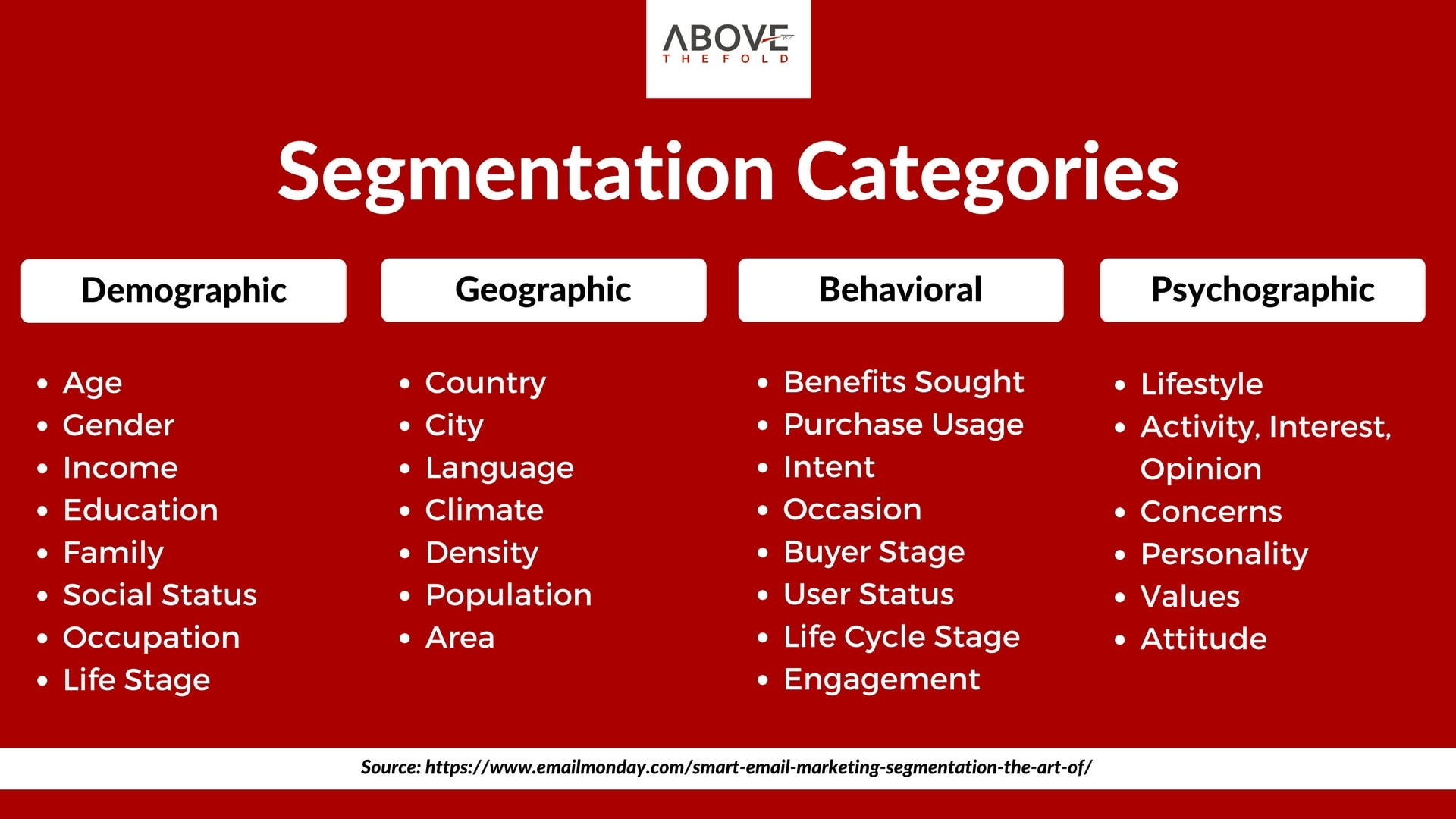How to Segment Your Email Marketing List for Maximum Impact
Email marketing is one of the most effective ways to connect with your audience and promote your business. However, sending out the same message to your entire email list can limit your results. Segmenting your email list into specific groups can help you personalize your messaging and increase engagement. In this article, we will discuss how to segment your email marketing list for maximum impact.

Introduction.
Email marketing has been around for decades and remains one of the most effective ways to engage with your customers. However, sending out a generic message to your entire email list may not always yield the results you're looking for. To get the most out of your email campaigns, it's important to segment your email list into smaller, more targeted groups. This helps you deliver personalized messages to your subscribers, which can lead to better engagement and increased conversions.
Why Segment Your Email Marketing List?
Segmenting your email list allows you to create more personalized and relevant messages for your subscribers. By breaking your email list down into smaller groups, you can tailor your messaging to specific groups based on their interests, behaviors, and demographics. This can help increase open rates, click-through rates, and conversions.
How to Define Your Target Audience.
Before you can begin segmenting your email list, you need to have a clear understanding of your target audience. Who are they? What are their interests? What motivates them? What challenges do they face? Answering these questions will help you identify the different groups within your email list that you should be targeting.
Types of Email Segmentation.
There are three main types of email segmentation: demographic, behavioral, and geographic.
- Demographic Segmentation.
Demographic segmentation divides your email list based on certain characteristics, such as age, gender, income, education, and occupation. This type of segmentation helps you create targeted messages for specific groups based on their shared characteristics. - Behavioral Segmentation.
Behavioral segmentation divides your email list based on how subscribers interact with your emails or website. This type of segmentation looks at things like purchase history, website activity, email opens, and click-through rates. Behavioral segmentation helps you create messages based on specific actions subscribers have taken, making your messaging more targeted and personalized. - Geographic Segmentation.
Geographic segmentation divides your email list based on location. This type of segmentation can be helpful for businesses that have different products, services, or promotions depending on the region or time zone.
How do You Segment Your Email List?
There are several ways to segment your email list:
- Use Sign-Up Forms.
One way to segment your email list is to use sign-up forms. These forms can ask subscribers to provide information such as their interests, location, or preferences, allowing you to segment your email list based on their responses. This type of segmentation can help you identify the most interested subscribers and deliver highly targeted messages to them. - Monitor Subscriber Activity.
Another way to segment your email list is to monitor subscriber activity. Look at your email open rates, click-through rates, and website activity to identify subscribers who are engaged and those who may need a little extra attention. You can then tailor your messaging to each group accordingly. - Survey Your Subscribers.
Finally, you can survey your subscribers to gather more information about their interests, preferences, and behaviors. This can help you segment your email list even further and create even more personalized messaging.
Personalizing Your Email Campaigns.
Once you've segmented your email list, it's important to personalize your email campaigns. Here are two ways to do that:
- Craft Targeted Messages.
Crafting targeted messages involves creating messages specifically for each segment of your email list. By using the information you've gathered from your subscribers, you can create messages that are relevant to their interests and needs. This can help increase engagement and conversions. - Create Dynamic Content.
Creating dynamic content involves using content that changes based on the subscriber's behavior or interests. For example, if a subscriber has shown interest in a specific product or service, you can create content that highlights that product or service in your emails. This can help increase relevance and engagement.
What Are the Benefits of Email Segmentation?
There are several benefits to segmenting your email list:
- Increased open rates.
- Increased click-through rates.
- Increased conversions.
- Improved engagement.
- Improved customer satisfaction.
- Reduced unsubscribe rates.
What Are the Best Practices for Email Segmentation?

Here are some best practices to follow when segmenting your email list:
- Define your target audience.
- Use sign-up forms to gather information.
- Monitor subscriber activity.
- Survey your subscribers.
- Personalize your messaging.
- Use dynamic content.
- Test and measure your results.
What are the Common Mistakes to Avoid in Segmentation?
Here are some common mistakes to avoid when segmenting your email list:
- Segmenting too broadly.
- Not testing your segmentation.
- Not monitoring your results.
- Not personalizing your messaging.
- Not using dynamic content.
In Summary
Segmenting your email list can help you deliver more personalized and relevant messages to your subscribers. By understanding your target audience and using segmentation to create targeted messages, you can increase engagement and conversions. Follow best practices and avoid common mistakes to ensure the best results.
Frequently Asked Questions.
- What is email segmentation?
Email segmentation is the process of dividing your email list into smaller, more targeted groups based on characteristics such as demographics, behaviors, or location. - Why is email segmentation important?
Email segmentation allows you to create personalized messages for your subscribers, increasing engagement and conversions. - What are the types of email segmentation?
The three main types of email segmentation are demographic, behavioral, and geographic. - How do I segment my email list?
You can segment your email list by using sign-up forms, monitoring subscriber activity, or surveying your subscribers. - What are some best practices for email segmentation?
Best practices for email segmentation include defining your target audience, personalizing your messaging, and testing and measuring your results.